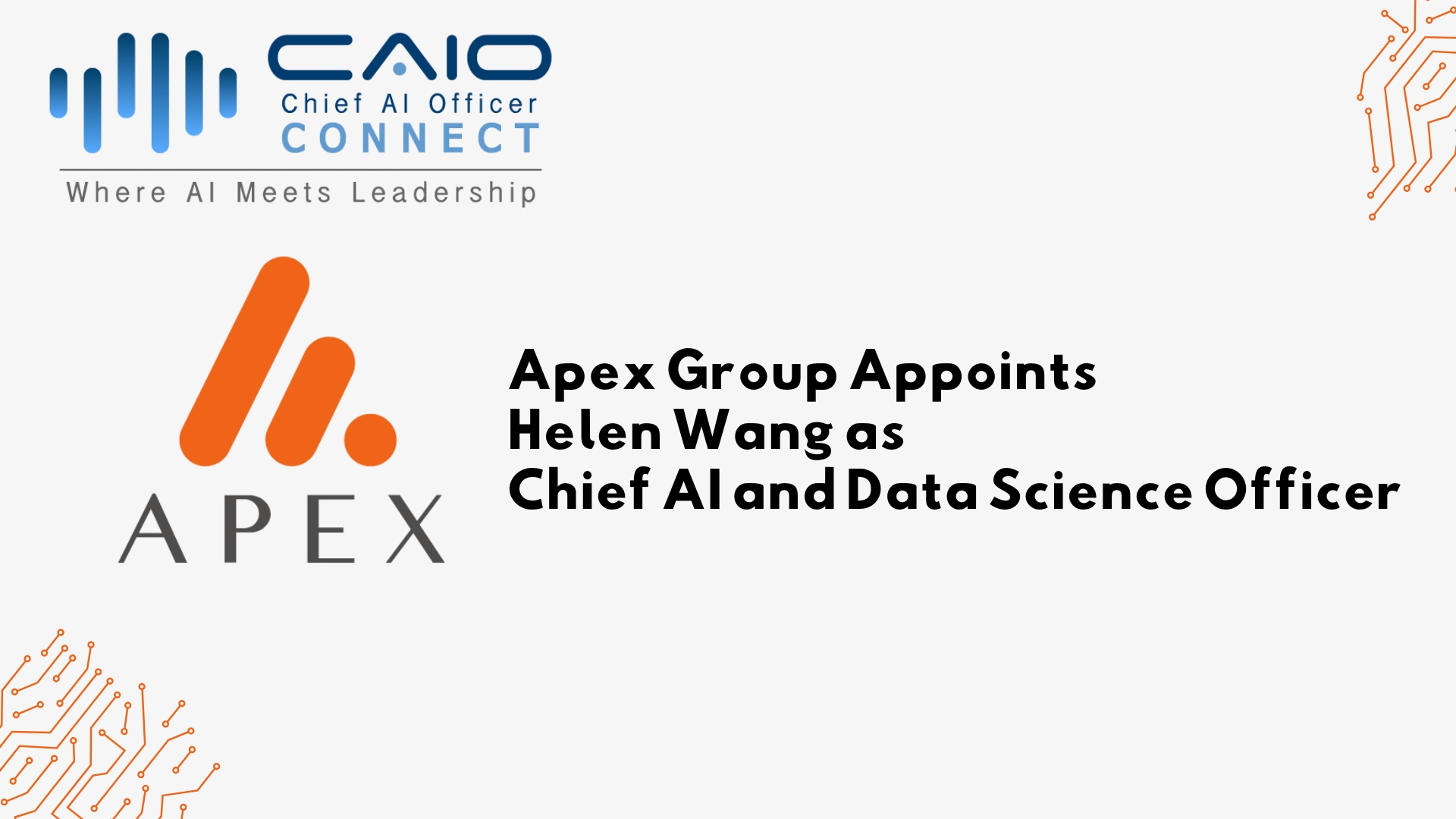As the race for artificial intelligence (AI) dominance intensifies, OpenAI and Google are urging the US government to take strategic action to maintain its edge in the global AI landscape. Both companies have issued formal recommendations, highlighting the growing threat from China’s aggressive push to surpass the US in AI development by 2030.
In separate letters to the US Office of Science and Technology Policy, OpenAI and Google outlined detailed strategies for strengthening the nation’s AI infrastructure, promoting innovation, and safeguarding national security. The urgency behind these appeals reflects a broader recognition that AI leadership is not only a matter of technological superiority but also a critical geopolitical and economic imperative.
A Strategic Push to Maintain AI Leadership
OpenAI’s letter underscores AI’s transformative potential to “scale human ingenuity,” likening the current AI advancements to pivotal historical moments such as the invention of the printing press and the rise of computing. OpenAI CEO Sam Altman stressed that the US stands “on the doorstep of the next leap in prosperity,” provided the right policies and infrastructure are put in place.
Google’s letter echoed similar concerns, warning that America’s current leadership in AI is fragile. While the US is home to the most capable and widely adopted AI models, global competition is tightening. Google emphasised that proactive policy decisions will determine whether the US retains its technological edge or cedes ground to foreign powers.
OpenAI’s Three Scaling Principles
OpenAI outlined three key principles that underpin AI scalability and future growth:
- Resource-Intelligence Correlation – The intelligence of an AI model scales logarithmically with the computational resources used to train and operate it.
- Cost Reduction – The cost to access a given level of AI capability decreases by approximately 10x every 12 months.
- Faster Development Cycles – The time required to improve AI models continues to shrink as technology advances.
Google’s Three-Point Action Plan
Google proposed a comprehensive strategy focusing on three pillars:
- Investing in AI Infrastructure – Addressing AI’s growing energy demands, ensuring balanced export controls, and increasing funding for research and development.
- Modernising Government AI Adoption – Encouraging the federal government to lead by example by adopting AI solutions across departments and streamlining procurement processes.
- International AI Collaboration – Promoting international cooperation to establish technical standards and address national security risks tied to foreign AI advancements.
Policy Recommendations for the US Government
Both OpenAI and Google laid out detailed policy recommendations aimed at reinforcing America’s AI dominance:
OpenAI’s Recommendations
- Regulatory Strategy – Establish voluntary public-private partnerships to enable AI innovation while mitigating risks.
- Export Control Strategy – Promote the global adoption of American AI models while protecting national security.
- Copyright Protection – Safeguard the rights of content creators while allowing AI models to train on copyrighted materials.
- Infrastructure Support – Develop a thriving AI workforce and create incentives for AI startups and research labs.
- Government AI Adoption – Encourage the federal government to lead AI adoption, setting an example for private sector innovation.
Google’s Recommendations
- Energy Policies – Reform energy transmission and permitting to support AI-driven data centres.
- Balanced Export Controls – Ensure export controls protect national security without stifling market access.
- AI R&D Acceleration – Streamline access to computing resources and incentivise public-private collaboration.
- Federal AI Framework – Establish a unified federal policy to avoid a patchwork of state regulations and ensure industry-wide consistency.
Final Takeaways
The US government faces a pivotal moment in shaping the future of AI. OpenAI and Google’s proposals highlight the need for swift and coordinated action to protect America’s lead in AI innovation. By investing in infrastructure, fostering a pro-innovation regulatory environment, and promoting international collaboration, the US can maintain its competitive edge in the rapidly evolving AI landscape.
The next frontier of AI isn’t just about building smarter models — it’s about securing the foundation for technological and strategic dominance on the global stage. The question is: Will the US act in time?









